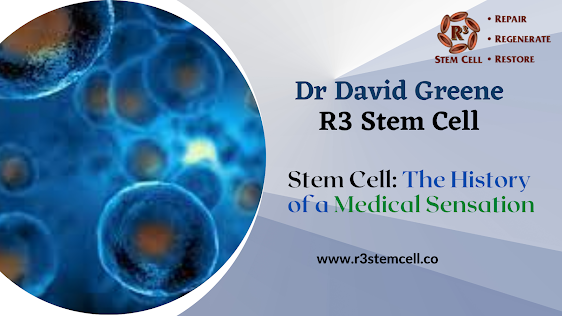Stem Cell: The History of a Medical Sensation
The topic of much excitement and controversy, stem cells are the foundation cells for every organ and tissue in the human body. Since the discovery of lab-grown human embryonic stem cells (HESC), researchers and scientists have dreamt of using these cells to repair damaged tissues or create new organs. This article takes you through the origination and timeline of the stem cell.
Origin of Stem Cells
Stem cells are specialized cells that originate shortly after fertilization. Throughout our lives, stem cells play a vital role in replacing injured tissues and cells like skin, blood, hair, and even the lining of our gut! Stem cells are mainly of three types: Adult Stem Cells (a.k.a Somatic), Embryonic Stem Cells, and Induced Pluripotent Stem Cells.
The fertilization of an egg and a sperm cell results in the production of a zygote. After various divisions, the zygote develops into the blastocyst and implants into the mother’s uterus. The blastocyst is a structure comprising 300 cells containing Inner Cell Mass (ICM) and the trophoblast. The inner cell mass forms pluripotent embryonic stem cells.
History of Stem Cells
Although the history of the origination of stem cells is unclear, the first scientists to discover the properties of stem cells could have been Ernest McCulloch and James Till. The timeline is as follows
1981: Martin Evans of Cardiff University is the first to identify embryonic stem cells in mice.
1997: Ian Wilmut unveils Dolly the Sheep, the first artificial animal clone, a breakthrough to create genetically matched tissue and organs.
2007: Martin Evans, Mario Capecchi, and Oliver Smithies receive the Nobel prize for their work on genetic and embryonic stem cells.
2013-14: Mitalipove of the Oregon National Primate Research Center produces HESC from fetal cells with therapeutic cloning. Later, Dieter Egli and Young Gie Chung generate HESC from adult cells.
Dr. David Greene R3 Stem Cell Advancements
The world has been proof of discoveries in the medicinal properties of stem cells. Dr David Greene R3 Stem Cell has offered progressive regenerative medicine therapies. R3 Stem Cell research center is staffed with skilled professionals in bone marrow, adipose, amniotic, PRP, and umbilical cord tissue therapies.
It is guaranteed that R3 Stem Cell therapy assures powerful growth factors. Therefore, the breakthrough with exosome therapy holds great promise for the successful future of healthcare.
Exosomes are tiny cell particles injected into the bloodstream to repair damaged tissues. On the other hand, platelet-rich plasma (PRP) therapy uses the patient’s blood to promote healing.
Saving Thousands of Lives
Stem cells are known to be a savior for over 80 disorders, including fatal illnesses like cancer and sickle-cell anemia. The most famous stem cell therapy is the transplantation of blood stem cells.
Additionally, stem cells are known to have also cured genetic and hematopoietic syndromes. A wide variety of these illnesses include leukemia, myeloproliferative disorders, and many more!
Takeaway
Dr David Greene R3 Stem Cell Therapy is known to have saved millions of patients wishing to live healthy lives. If you are looking for stem cell therapies, please contact us soon!



Comments
Post a Comment